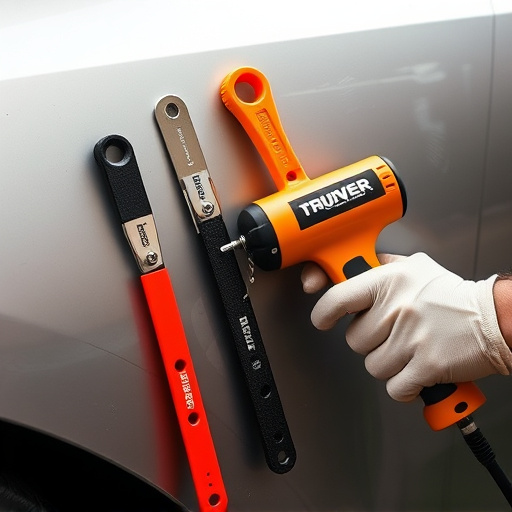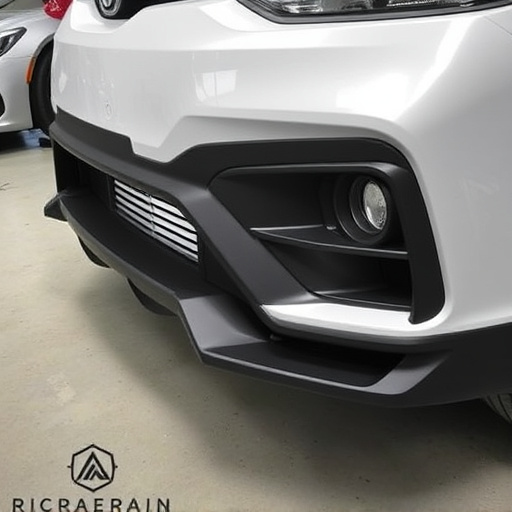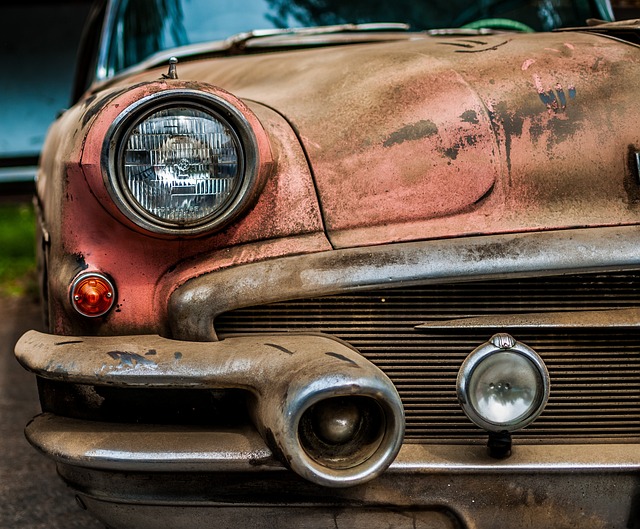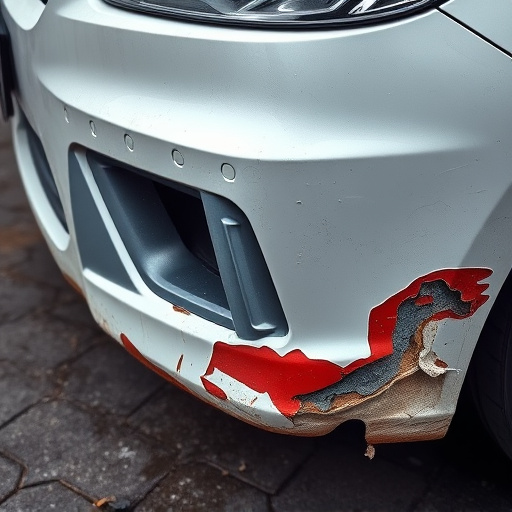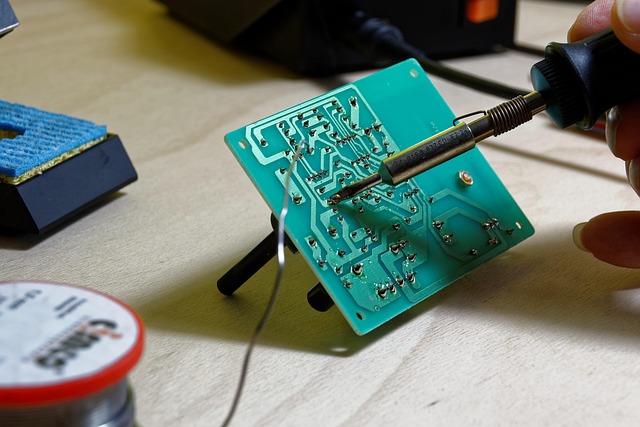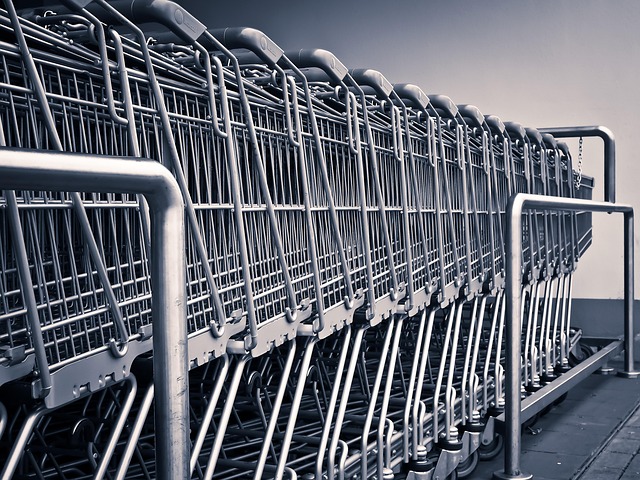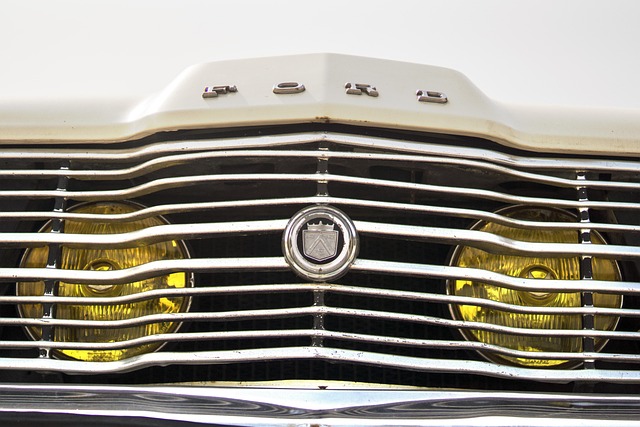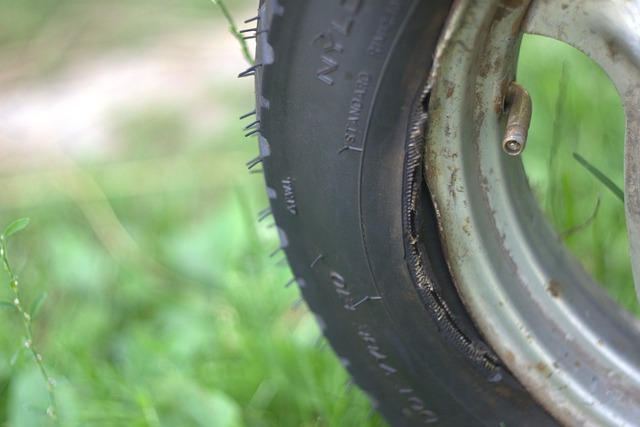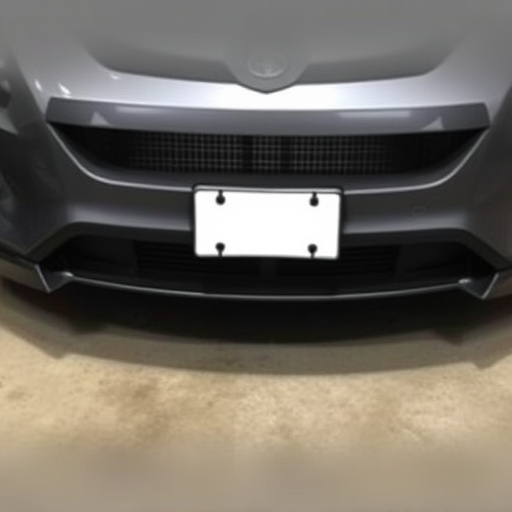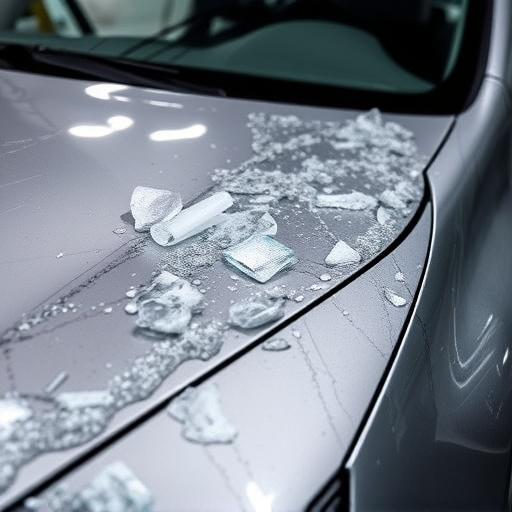Seat repair after a collision is vital for both safety and vehicle restoration. It involves comprehensive assessments, professional inspections, and skilled technicians using OEM parts. The process ranges from simple fixes to complete overhauls, focusing on structural integrity, cosmetic repairs, and ensuring critical safety features remain operational. Strict adherence to safety protocols and industry standards throughout the seat repair collision damage process prevents further harm. Beyond aesthetics, proper repairs maintain vehicle value and enhance overall safety.
In the aftermath of a collision, proper seat repair is crucial for both vehicle safety and passenger comfort. This article delves into the critical aspects of seat repair in collision scenarios, exploring the necessary precautions and protocols that technicians follow. From understanding the unique challenges of damaged seats to ensuring quality and safety after repairs, we provide an insightful guide on how automotive professionals navigate this intricate process.
- Understanding Seat Repair in Collision Damage Scenarios
- Precautions and Protocols for Safe Seat Repair
- Ensuring Quality and Safety After Seat Repair
Understanding Seat Repair in Collision Damage Scenarios

In the event of a collision, vehicle damage can vary greatly, with seat repair often being a critical consideration. Seat repair in collision damage scenarios involves reassembling and replacing parts to ensure safety and comfort for future use. Understanding the extent of the damage is crucial before initiating any repairs; this includes assessing the condition of the seat framework, cushions, belts, and other components. A thorough inspection by professionals from a reliable vehicle body shop is essential to determine if a simple fix or a complete overhaul is needed.
While bumper repair and tire services are also integral parts of post-collision vehicle restoration, seat repair collision damage requires specialized knowledge. Skilled technicians use both original equipment manufacturer (OEM) parts and advanced tools to ensure the seats function optimally and meet safety standards. The process involves disassembling the affected area, replacing damaged or worn-out parts, and reassembling with meticulous precision. This ensures not just cosmetic restoration but also structural integrity, giving vehicle owners peace of mind on the road.
Precautions and Protocols for Safe Seat Repair
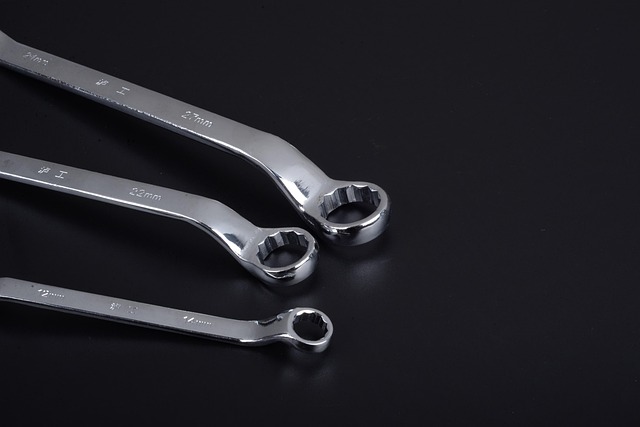
When repairing seat damage from a collision, safety is paramount. Before beginning any repairs, technicians must thoroughly inspect the affected area for hidden harm or structural instability. This includes checking for loose parts, torn fabrics, and potential gas leaks from airbags.
The process involves careful disassembly of the damaged seat component, often requiring specialized tools to remove and replace parts accurately. Proper ventilation is crucial in an automotive body shop environment to mitigate risks associated with toxic chemicals used in dent removal and vehicle bodywork repairs. Adhering to strict protocols ensures that every repair step aligns with safety standards, preventing further injury or damage during the seat repair collision damage restoration process.
Ensuring Quality and Safety After Seat Repair
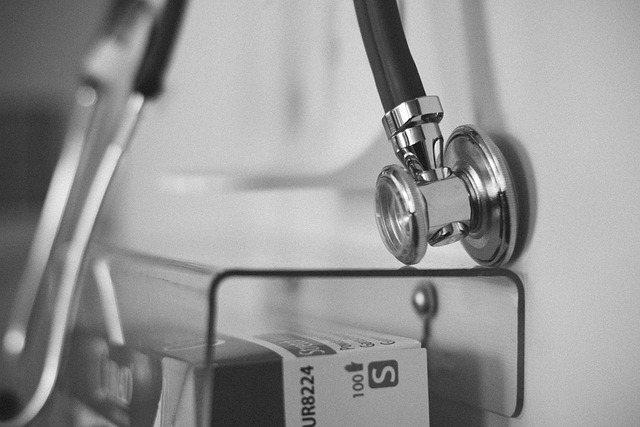
After a collision, ensuring the safety and quality of seat repairs is paramount. Skilled technicians in an auto collision center employ precise methods to fix damaged seats, adhering to strict standards. This involves using high-quality materials and specialized tools to restore structural integrity while maintaining comfort and functionality. Every component is meticulously examined to guarantee it meets safety regulations, preventing any potential risks to the vehicle’s occupants.
Proper seat repair goes beyond mere aesthetics; it’s about ensuring the safety features remain intact and operational. Technicians may also recommend additional measures like auto body painting to restore the vehicle’s pre-collision appearance, enhancing both its visual appeal and overall safety. Just as important is addressing any secondary issues, such as car scratch repair, which can be equally crucial in maintaining the vehicle’s value and performance.
When dealing with seat repair following collision damage, safety should always be the top priority. By understanding the process, adhering to strict protocols, and ensuring quality craftsmanship, auto body shops can effectively and securely restore vehicle seats. These precautions not only protect passengers but also guarantee a safe driving environment post-repair. With proper attention to detail and adherence to industry standards, seat repair collision damage can be effectively mitigated.
